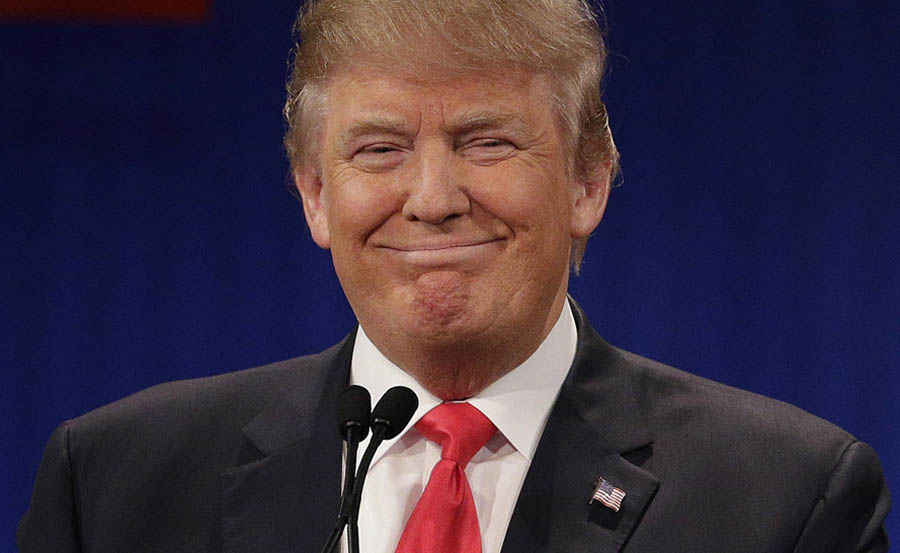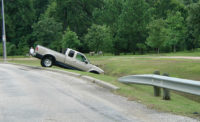Posted with permission from the Union of Concerned Scientists (UCS).
Every day, men and women across this country go to work with the expectation that they will come back to their homes and families at the end of the day—healthy and in one piece.
From fields to factories and mines, from hospitals and nursing homes to schools and stores, from office buildings and construction sites to fishing vessels and fire stations—workers are the real engines of our economy. (Not to mention the irreplaceable place they hold in our hearts as our partners, moms, dads, brothers, sisters, children, and friends.)
Earlier this week, President Trump decided that one way to make America great again was to order federal agencies to identify for elimination two regulations for every new one they might propose in fulfillment of their statutory responsibility to protect our health, safety, and environment.
Aside from questioning the legality of such a directive, let’s take a look at what this means for working men, women, and even children in this country.
Think you’ve had a hard day at work?
Yes, we’ve come a long way since the days of Upton Sinclair’s The Jungle. But workplace injuries, illnesses, and deaths still take a grave toll on our nation’s workforce.
In 2015 (the last year for which data are available), 4,836 workers died after sustaining an injury at work. That’s 13 people every day. In America. Another 2.9 million non-fatal workplace injuries and illnesses were reported by private industry employers and an estimated 752,600 injury and illness cases were reported among state and local government workers.
The economic burden is immense, over $250 billion annually in medical and productivity costs. And cost estimates cannot begin to capture the pain, suffering, and loss experienced by these workers and their families.
Two for one: Who would you protect?
The Occupational Safety and Health Administration (OSHA), along with the Mine Safety and Health Administration (MSHA), have been given the authority and responsibility to help protect our nation’s workforce.
President Trump has now sent them a chilling directive. If you find a new hazard or new exposure that threatens the health and safety of workers, and want to require employers to control or eliminate them, then repeal two existing rules.
Which protections would you eliminate?
- Rules requiring personal protective equipment such as hard hats, respirators, and safety goggles to avoid head injuries, lung damage, burns, cuts, or blindness?
- Ventilation to ensure air quality and prevent exposure to harmful dusts and chemicals?
- Noise control or ear protection to avoid hearing loss?
- OSHA’s new beryllium standard rule that offers protection to many thousands of workers in construction, shipyards, and general industry (like electronics, telecommunications, and defense). (Beryllium causes lung cancer and chronic beryllium disease.)
- Protection from needle stick injuries and the transmission of blood-borne disease?
This kind of across the board directive defies common sense. It essentially forces the agencies to pick which workers will be winners and losers when it comes to safety on the job. Or, as my friend Celeste Monforton so aptly said, “one step forward, two steps back is never a good thing.”
What message is President Trump sending?
Well, that’s pretty clear. He wants to chill, halt, and stop the use of a critical tool in the public protection toolbox.
“If you have a regulation you want, number one we’re not going to approve it because it’s already been approved probably in 17 different forms. But if we do, the only way you have a chance is we have to knock out two regulations for every new regulation. So if there’s a new regulation, they have to knock out two. But it goes way beyond that.”
Yes, it sure does. The same Executive Order set a budget of exactly $0 for the total incremental cost of any new regulations in 2017.
While nobody loves the abstract idea of government regulation, I think we can all agree on the need for rules that keep our nation’s working men and women safe and healthy. They, after all, are what has and will continue to make America great.
President Trump is sending a clear message. It’s time to send a message right back. Let him and your representatives in Congress know that this new policy puts our nation’s workers at risk and is not acceptable.










